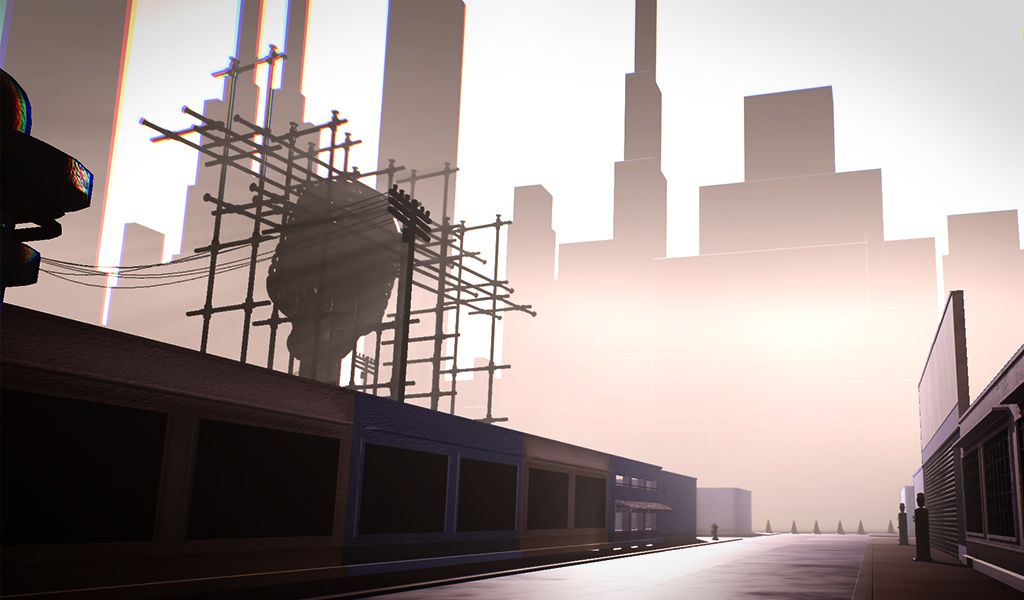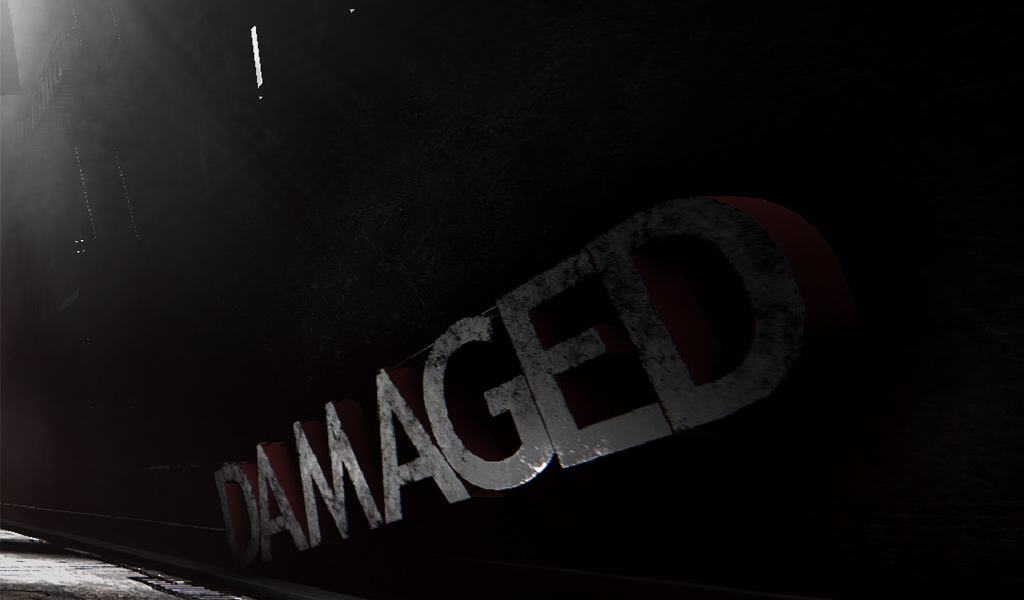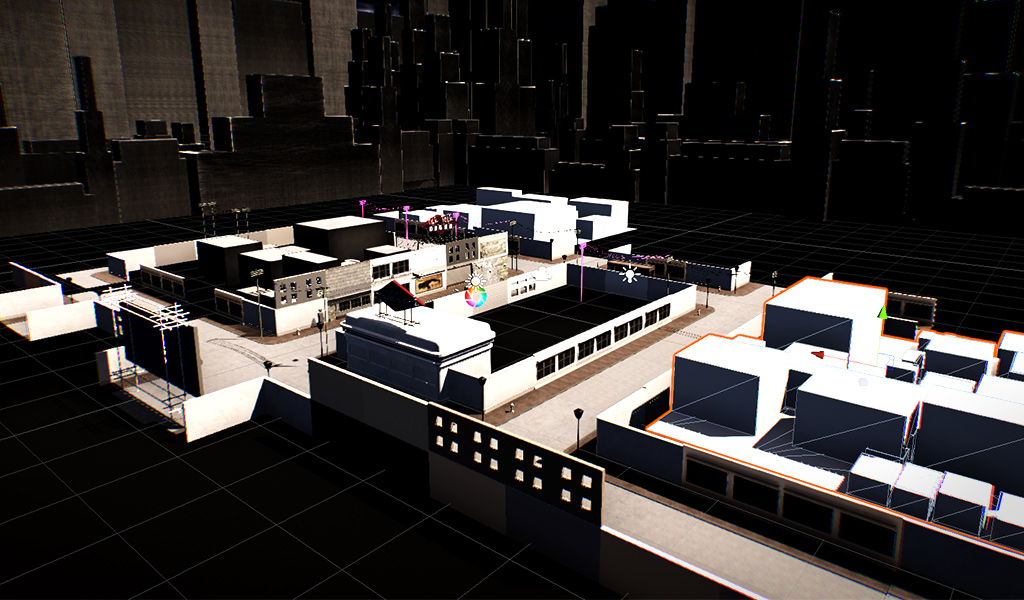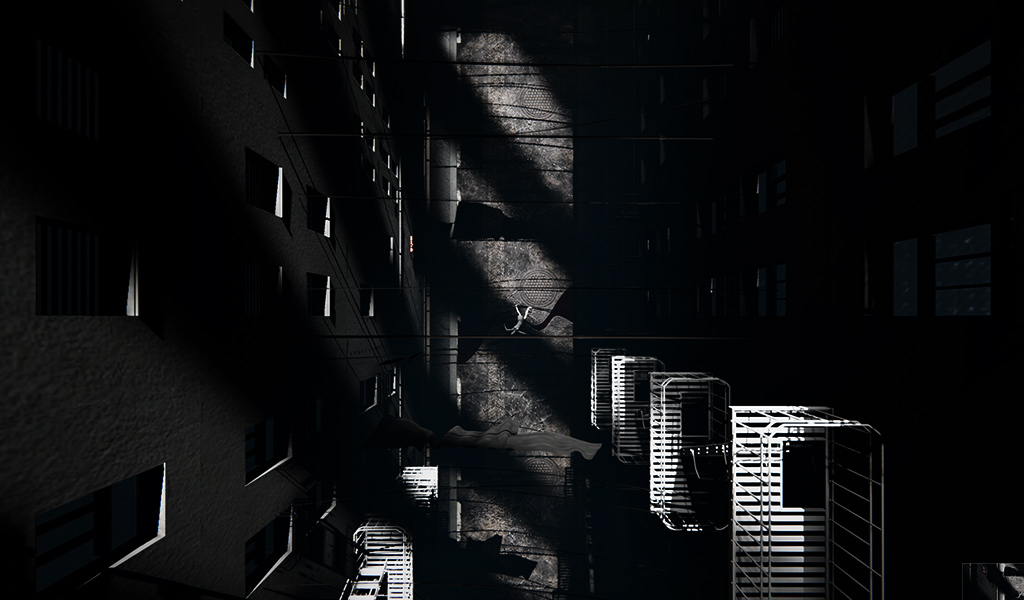The Bad Girl
Video Game December 2018
The Bad Girl is a cross-platform video game, set in 1930s Hollywood on the eve of Orson Welles' notorious War of the Worlds broadcast.
Inspired by film noir, hardboiled fiction and the lost art of the radio play, it is the story of a writer who takes his dreams to Hollywood only to find them torn apart by the sordid, scandal-fuelled world of money and fame.
The game be downloaded here (PC version) - please bear in mind it's very buggy, very large and very unfinished.
- Date - December 2018
- Created by - Tim Bentley
Game Noir

Hollywood, California.
October the thirtieth, nineteen thirty-eight.
Ten
forty-three
P.M.
A shot rings out, a woman lies dead. Who was she? Why did she die? Who led
you
to her?
Finding your way around a crumbling, hollow shell of 1930s Hollywood,
where
the old silent studios lie deserted, you race against time to discover the truth
behind Lily, Hollywood and the ongoing battle between the old and the
new.
Storytelling
I wanted to capture the same unashamed fascination with sex, scandal and murder seen in films, books and magazines of the era. In spite of their reputation as ‘low’ art, their mastery of and joy in storytelling elevates them to the sublime (‘A MAN - trying to run away from his past... A WOMAN - trying to escape her future!’). These stories take you by the throat from the outset and never let go (‘One rainy night a man walks into a police station to report a murder... His own!’), with central conceits it is impossible not to be drawn in by (‘He murdered his friend and stole his identity, but he also stole... his enemies!’).

If you're sad and like Whisky, then I'm your lady.
Lily, The Bad Girl (after Guy Madden)

Build
All models were built in Maya and Houdini and the music which plays over the titles was created using Reason, where I also added to and sampled from the several public-source jazz recordings. I recorded the sound effects with an H4N Pro and mixed them in Audition, where I also remastered the Orson Welles clip (an easter egg of sorts). Substance Painter and Designer were used for the texturing, Unity for the development and build.
The camera’s close proximity to the ground meant using high-res textures to maintain realism. 1024 and even 2048 are absurdly high for ground textures but I wasn’t able to get results with anything lower. The final sunlight effect took many hours to achieve, and uses 2 fog volumes, a perlin noise layer and several post-processing effects.
